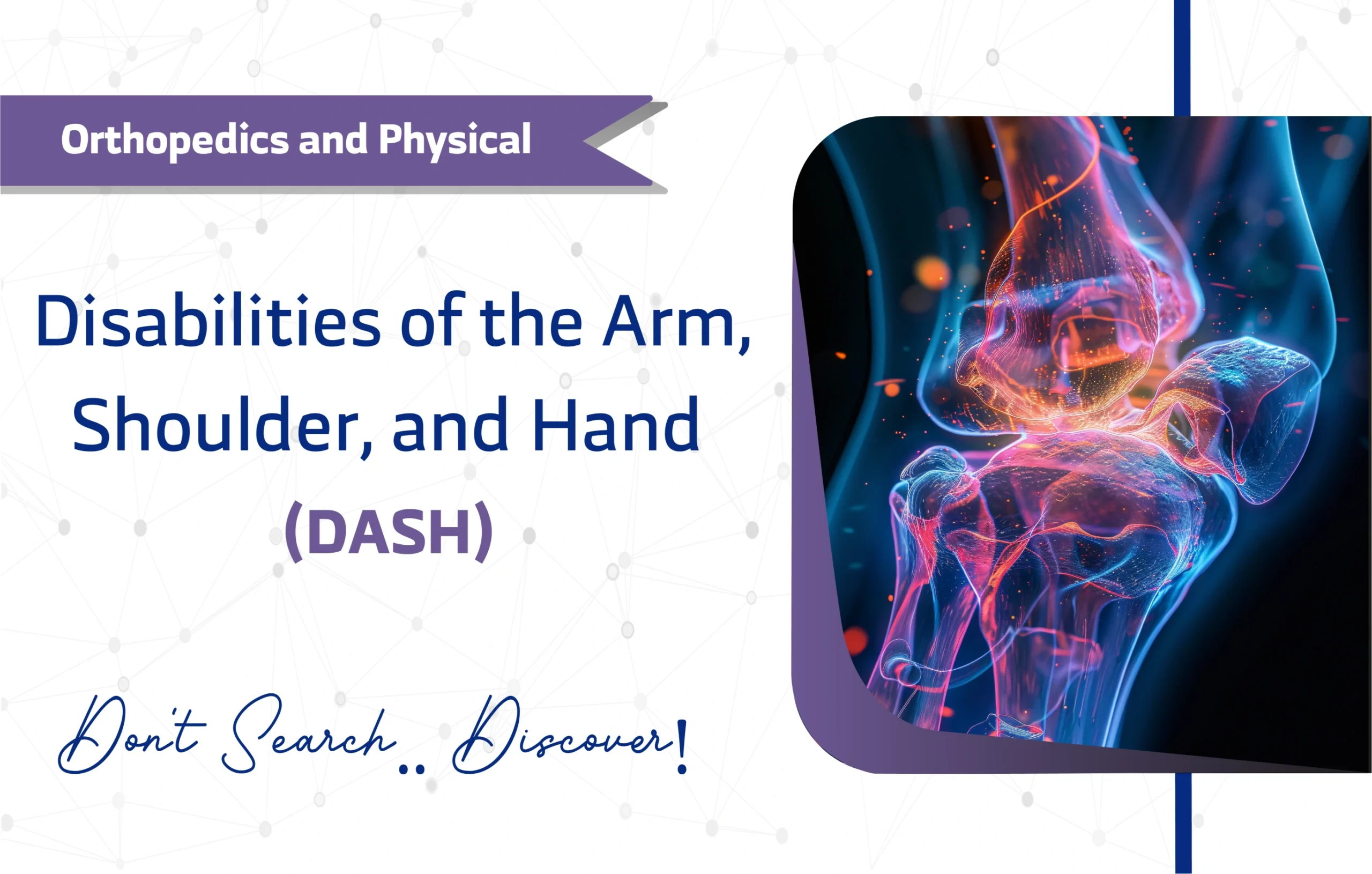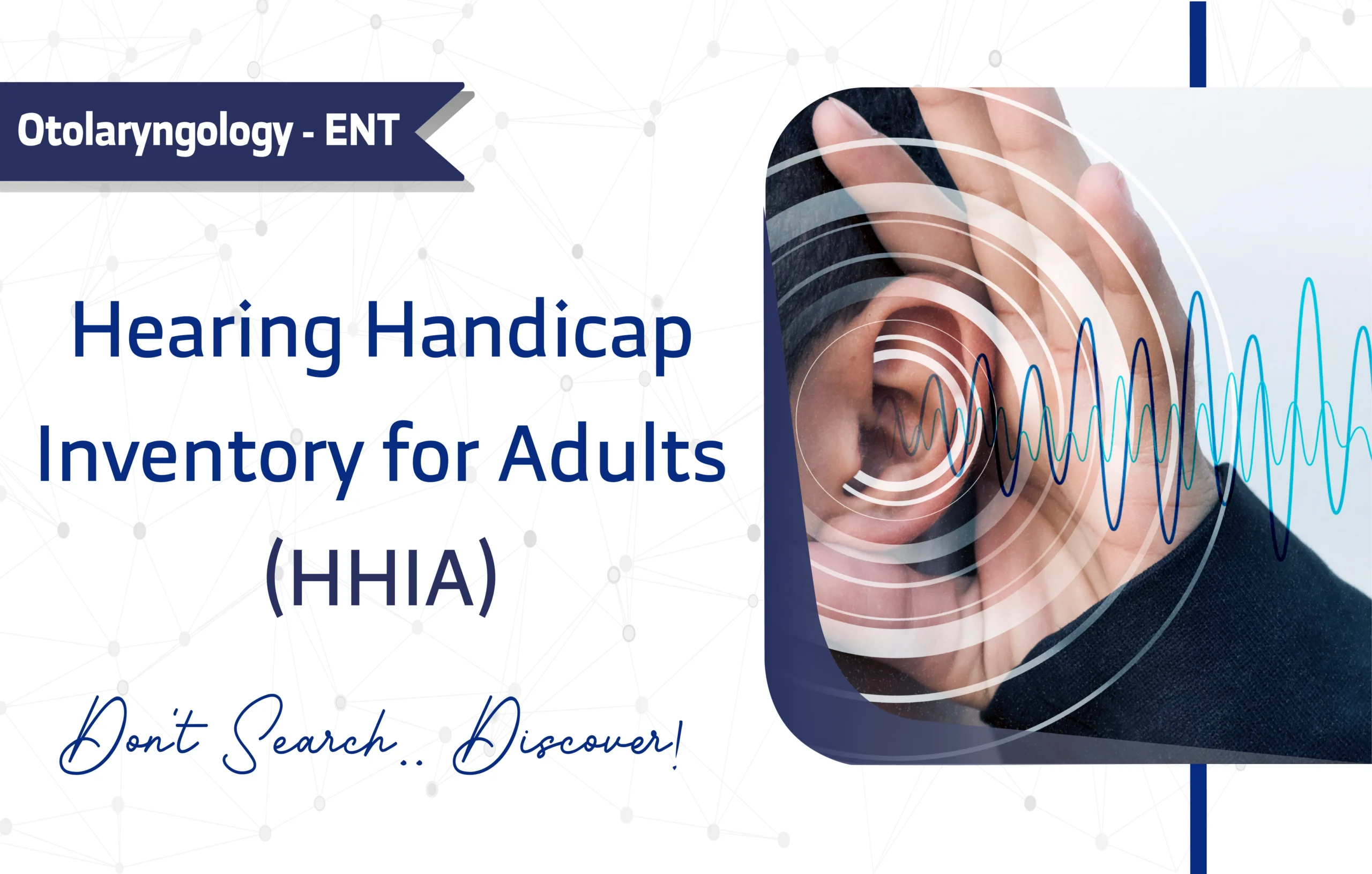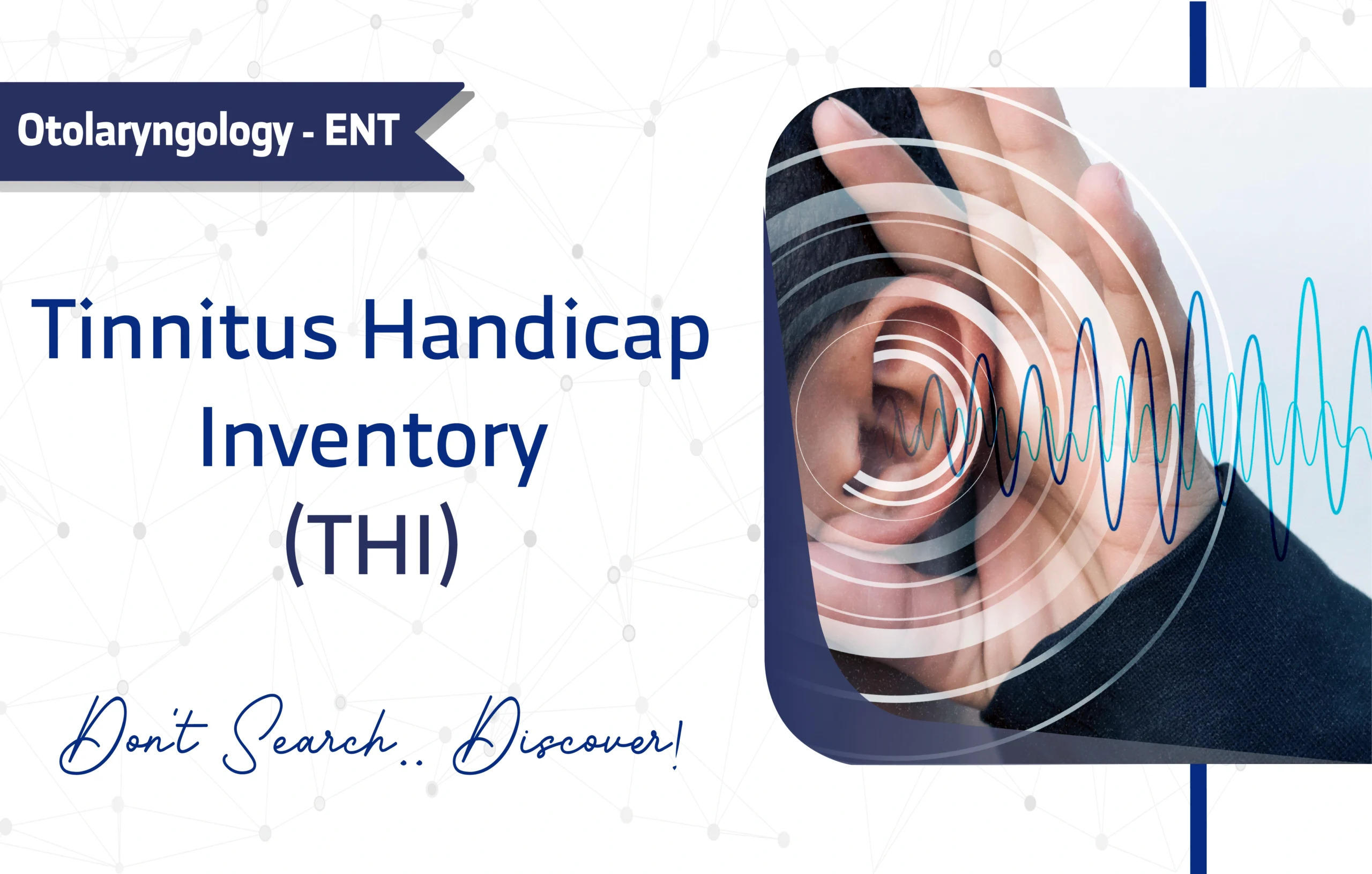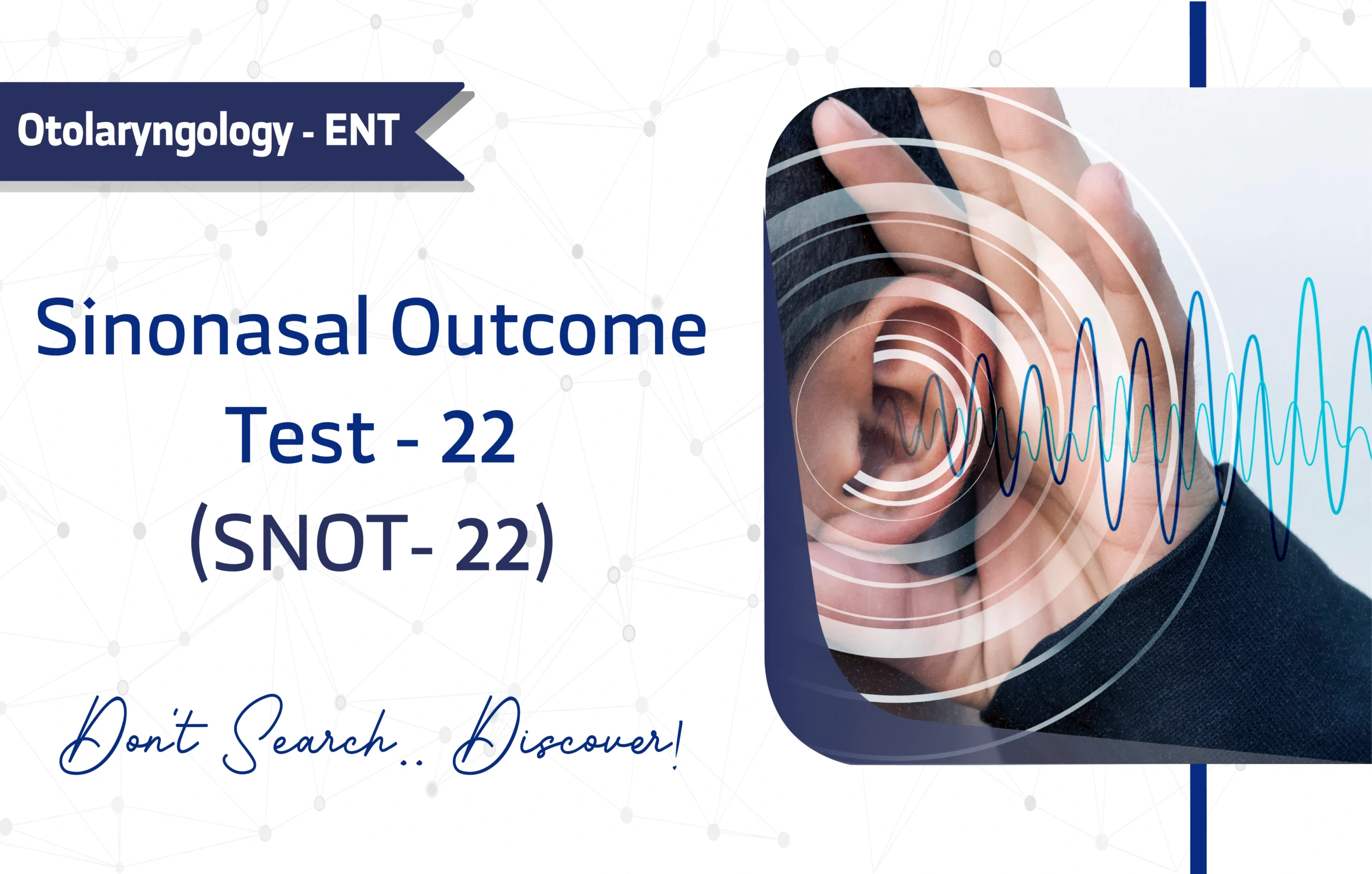Introduction
The Disabilities of the Arm, Shoulder, and Hand (DASH) questionnaire, introduced in 1996 by a team of researchers at the the Institute for Work & Health and the American Academy of Orthopaedic Surgeons, is a pivotal tool for evaluating upper limb function and symptoms. Boasting over 6,000 citations on Google Scholar, as evidenced by its foundational study, this 30-item instrument assesses physical disability and symptoms in patients with musculoskeletal disorders. Consequently, its robust psychometric properties and adaptability make it essential for clinicians and researchers in orthopedics and rehabilitation.
Therefore, this article offers a comprehensive guide to the DASH, detailing its structure, applications, and clinical value to optimize patient outcomes.
Key Features of the Disabilities of the Arm, Shoulder, and Hand (DASH)
Purpose and Use
The DASH questionnaire is primarily designed to measure physical function and symptoms such as pain and weakness, while tracking changes over time, in patients with upper limb musculoskeletal disorders. In contrast, unlike general health tools, its specific focus on upper extremities ensures relevance for orthopedic patients.
Target Population
The DASH targets adults aged 18 and older, including:
- Young adults (18-24)
- Middle-aged adults (25-44)
- Older adults (45-64)
- Seniors (65+)
Notably, there are studies, that extend its applicability to older populations.
Questionnaire Details
The DASH comprises 30 items. Specifically, it covers:
- Physical activities (21 items): Degree of difficulty in tasks like lifting or writing.
- Symptoms (5 items): Pain, activity-related pain, tingling, weakness, and stiffness.
- Social and functional impact (4 items): Effects on work, sleep, social activities, and self-image.
- Optional modules: Work (4 items) and Sports/Performing Arts (4 items) for specific populations like athletes or musicians.
Scoring and Interpretation
The DASH employs a 5-point Likert scale (1 = no difficulty, 5 = extreme difficulty), yielding a score from 0 (no disability) to 100 (severe disability). For instance, the formula is:
DASH Score = [(sum of n responses) – 1] x 25 / n, where n is the number of completed responses (minimum 27 of 30 items). Optional modules follow the same scoring method. However, while no universal cut-off scores exist, benchmarks facilitate interpretation .
Additionally, the QuickDASH is scored in two components:
- The disability/symptom section (11 items, scored 1-5)
- The optional high performance sport/music or work modules (four items, scored 1-5)
Administration Format
The DASH is flexible and can be administered via:
- Paper-based forms
- Digital (online) platforms
- Mobile apps
- In-person interviews
- Phone or video calls
Typically, it takes 5-10 minutes to complete, making it suitable for busy clinical environments.
Notably, the questionnaire is self-administered, requiring no specialized training for administration or interpretation, which enhances its practicality in busy orthopedic clinics and research studies.
Applications of Disabilities of the Arm, Shoulder, and Hand (DASH)
The DASH offers versatile applications for researchers and clinicians:
- Screening: Identifies patients with significant upper limb dysfunction, signaling the need for intervention.
- Diagnosis: Assists in identifying specific upper limb conditions by evaluating symptom severity and functional limitations
- Monitoring: Tracks symptom and function changes over time or during treatment.
- Treatment Planning: Guides tailored rehabilitation based on specific subdomain scores, such as pain or work limitations.
- Research: Supports studies on musculoskeletal disorders and treatment outcomes, as evidenced in multiple studies .
For example, a high score in the symptom subdomain may prompt targeted pain management, while researchers can leverage DASH data to evaluate rehabilitation protocols.
Other Versions And Related Questionnaires
The DASH has a shorter version and complements other tools:
- QuickDASH: An 11-item version for faster administration, covering similar domains.
- Manchester-Modified DASH (M2 DASH): Tailored for upper limb injuries.
Related Tools:
- Patient-Rated Wrist Evaluation (PRWE): Focuses on wrist-specific function.
- American Shoulder and Elbow Surgeons (ASES) Score: Assesses shoulder and elbow function.
- Constant-Murley Score: Evaluates shoulder outcomes.
- Michigan Hand Questionnaire (MHQ): Measures hand function and quality of life.
- Patient-Specific Functional Scale (PSFS): Rates difficulty in patient-specific activities.
Language and availability
To ensure global accessibility, the DASH is available in 50 languages, including:
- Arabic
- English
- German
- Spanish
- Portuguese (Brazil)
- Japanese and Others
As a result, this multilingual support enhances its use in diverse clinical and research contexts.
The DASH is free for non-commercial use by clinicians and researchers, including translated versions, for patient assessment or non-funded research. However, other uses require written permission from the Institute for Work & Health. Consequently, the questionnaire operates under an open-access license for approved purposes.
Reliability and Validity
The DASH questionnaire exhibits exceptional psychometric properties, making it a highly reliable and valid tool for assessing upper limb function. Specifically, validation studies, confirm its robust reliability and validity across diverse populations. Notably, the DASH demonstrates high internal consistency, with a Cronbach’s alpha value of 0.96, indicating strong reliability in measuring musculoskeletal symptoms and disability. Furthermore, its sensitivity to changes in upper limb function ensures precise monitoring, making it a trusted choice for both clinical practice and research applications.
- Original validation study study link
- Validity and reliability of the British English versions study link
- Italian version study link
- German version study link
- Arabic version study link
Limitations and Considerations
Despite its strengths, the DASH has a few limitations:
- Self-Report: Responses may be influenced by social desirability bias or personal interpretation.
- Length: The 30-item format may be lengthy for some patients, especially when combined with other tools .
- Lack of Sensitivity to Change: Numerical changes may lack clinical significance without specific thresholds .
- Narrow Focus: Limited to upper limb function, excluding broader health domains .
- Ceiling Effect: Challenges tracking recovery in high-functioning individuals, such as athletes .
Additional Resources
- Original validation study study link.
- Access the DASH questionnaire as PDF.
- Visit the official DASH website for more details.
- For inquiries, contact dash@iwh.on.ca.
Frequently Asked Questions (FAQ)
- Who can use the DASH?
Clinicians, researchers, and healthcare providers use the DASH for adults aged 18 and older with upper limb musculoskeletal disorders. - How long does it take to complete the DASH?
Typically, patients complete it in 5-10 minutes, ideal for clinical and research settings. - How is the DASH administered?
It can be administered via paper, digital, mobile app, or interview formats, offering flexibility. - Is there any cost to using the DASH?
The DASH is free for non-commercial use. However, other uses require permission from the Institute for Work & Health.
A word from ResRef about Disabilities of the Arm, Shoulder, and Hand (DASH)
The Disabilities of the Arm, Shoulder, and Hand (DASH) is a gold-standard outcome measure for upper extremity disorders, validated in over 50 languages. While lengthy, its robustness makes it ideal for clinical research. Therefore, use QuickDASH for routine practice.
References
- Hudak PL, Amadio PC, Bombardier C. Development of an upper extremity outcome measure: the DASH (disabilities of the arm, shoulder and hand) [corrected]. The Upper Extremity Collaborative Group (UECG). Am J Ind Med. 1996 Jun;29(6):602-8. doi: 10.1002/(SICI)1097-0274(199606)29:6<602::AID-AJIM4>3.0.CO;2-L. Erratum in: Am J Ind Med 1996 Sep;30(3):372. PMID: 8773720. link
- Hammond, A., Prior, Y. & Tyson, S. Linguistic validation, validity and reliability of the British English versions of the Disabilities of the Arm, Shoulder and Hand (DASH) questionnaire and QuickDASH in people with rheumatoid arthritis. BMC Musculoskelet Disord 19, 118 (2018). link
- Padua R, Padua L, Ceccarelli E, Romanini E, Zanoli G, Amadio PC, Campi A. Italian version of the Disability of the Arm, Shoulder and Hand (DASH) questionnaire. Cross-cultural adaptation and validation. J Hand Surg Br. 2003 Apr;28(2):179-86. doi: 10.1016/s0266-7681(02)00303-0. PMID: 12631494. link
- Germann, G., Harth, A., Wind, G. et al. Standardisierung und Validierung der deutschen Version 2.0 des “Disability of Arm, Shoulder, Hand” (DASH)-Fragebogens zur Outcome-Messung an der oberen Extremität. Unfallchirurg 106, 13–19 (2003). link
- Alotaibi, N. M., Aljadi, S. H., & Alrowayeh, H. N. (2016). Reliability, validity and responsiveness of the Arabic version of the Disability of Arm, Shoulder and Hand (DASH-Arabic). Disability and Rehabilitation, 38(25), 2469–2478. link









1 thought on “Disabilities of the Arm, Shoulder, and Hand (DASH): A Full Guide for Researchers and Clinicians.”
This content is extremely informative